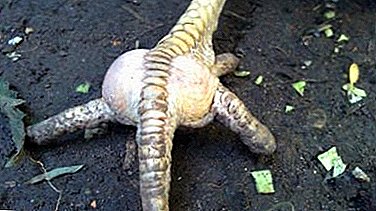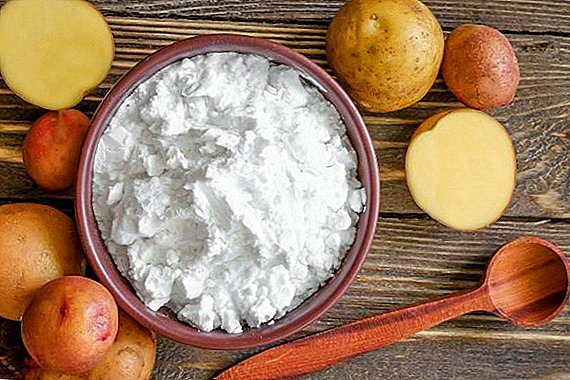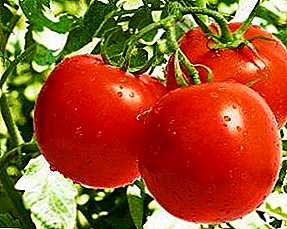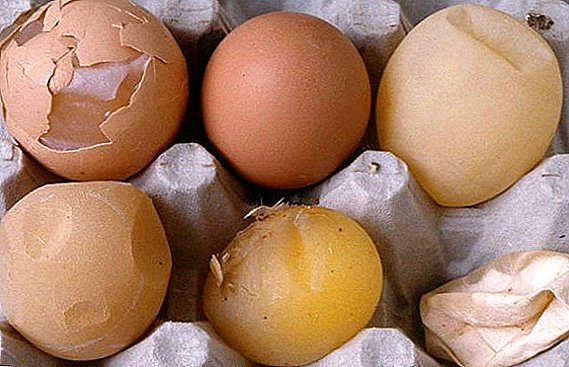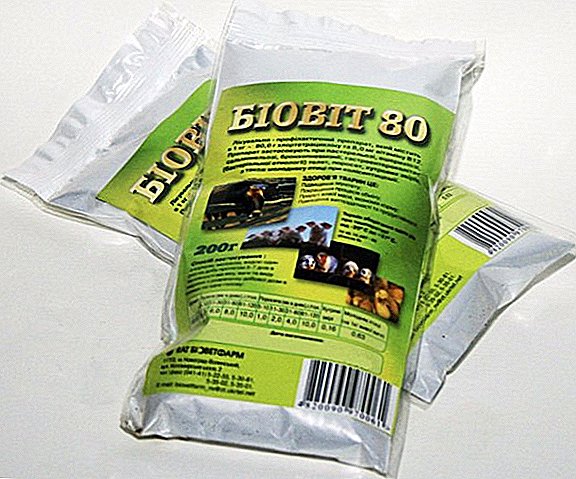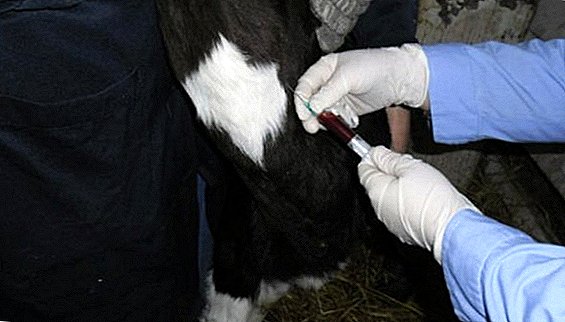 Like people, animals also need to be tested periodically. Cattle is a source of meat and milk for humans and the quality indicators of these two products depend on whether the cow is healthy.
Like people, animals also need to be tested periodically. Cattle is a source of meat and milk for humans and the quality indicators of these two products depend on whether the cow is healthy.
In order to detect any abnormalities in the body of the Buryonka as early as possible, it is necessary to pass a blood chemistry test.
What is a biochemical blood test done for cattle?
The analysis is carried out in order to identify metabolic disorders of the animal, the lack of any useful substances in the body. With the help of this procedure, it is possible to notice the development of leukemia in time, to determine what kind of infectious disease the animal has infected.
Read about how to detect and treat leukemia in cows.
The blood carries around the body all the nutrients, vitamins and minerals. Not only the general condition of the animal, but also the amount of milk produced depends on how correctly and quickly the blood flow is.  If the result of the analysis showed a lack of nutrients, the farmer can take certain actions, such as changing the diet, adding vitamin mixtures, drugs and other things to it.
If the result of the analysis showed a lack of nutrients, the farmer can take certain actions, such as changing the diet, adding vitamin mixtures, drugs and other things to it.
Ways to take blood from a cow
There are three ways to take blood from livestock. They consist in obtaining samples from the jugular, milky, caudal veins. They need to be taken exclusively with a new and sterile needle. The animal must be fixed in a fixed position so that it does not injure itself, does not turn the tube upside down. Before the procedure, it is necessary to cut the wool in the area where the injection will be made, to disinfect the surface with a solution of phenol, iodine or alcohol. On the test tube with the sample must be a serial number of the cow. Capacity in no case can not shake.
Important! Samples in which clots can be seen are not suitable for testing.
From the jugular vein
Taking blood from the jugular vein is the most common way. It is recommended to carry out the procedure early in the morning, before the first feeding. In order to carry out the analysis, it is necessary to bind the head of the cow; Next, hold the vein in the lower third of the neck, then insert the needle at an acute angle. The tip of the needle should be directed towards the head of the animal.
The advantages of this method are:
- the animal is hardly injured;
- ease of operation;
- speed of the procedure.
 Among the shortcomings can be identified:
Among the shortcomings can be identified:
- severe blood spatter;
- the risk of spreading infections that are dangerous not only to animals, but also to humans;
- the difficulty of fixing the cow in a certain position;
- the frequent occurrence of complications that manifest themselves in the form of abscesses, hematomas;
- stress in a cow, which can lead to a decrease in milk yield.
Did you know? One of the tribes of Ethiopia still holds an unusual ritual using cow blood - they add it to milk and drink it. Aborigines believe that due to the incredible strength of the drink, the drunk become bigger and thicker.
From the milk vein
Sampling of the dairy vein occurs only in adult cows. Mentioned veins are located on the side of the udder, stretch along the belly below. They supply the mammary gland with blood and essential nutrients. The better developed veins, the more milk gives the cow.  The animal must be fixed. To conduct the procedure correctly will take several people. First you need to shave or cut the hairline as far as possible at the injection site and treat the area with alcohol or iodine. Before you should be seen a kind of small tubercle - this is the place where you should do the injection. The needle must be inserted very carefully so as not to harm the animal. It should be slightly angled, until dark venous blood flows.
The animal must be fixed. To conduct the procedure correctly will take several people. First you need to shave or cut the hairline as far as possible at the injection site and treat the area with alcohol or iodine. Before you should be seen a kind of small tubercle - this is the place where you should do the injection. The needle must be inserted very carefully so as not to harm the animal. It should be slightly angled, until dark venous blood flows.
The positive aspects of this method are:
- reasonable price of materials necessary for the procedure;
- high sampling rate;
- less splashing than when taking a sample from the jugular vein.
Familiarize yourself with the features of milking a cow, and also find out how the milking machine works and how to choose it correctly.
The disadvantages of this method are much more than the advantages:
- high risk of injury to the animal;
- contact with cow blood;
- during the procedure, the chick is under tremendous stress, because the sample is taken in a very gentle area that the animal constantly guards;
- the complexity of the procedure.
From the tail vein
From the tail vein to take a sample of the safest. Nowadays, the use of vacuum systems is becoming more and more popular - these are specially designed test tubes, in which the necessary anticoagulant is already present and the pressure is reduced so that the blood flows smoothly into the container.  In order to take a sample from the tail vein, it is necessary to disinfect the injection site. Then slowly raise the tail, holding it over the middle third. To make the procedure more smooth, you should choose a place at the level of from two to five vertebrae, which divides the tail along into two equal parts. The injection should be smooth, at an angle of 90 degrees. The needle is inserted until it stops.
In order to take a sample from the tail vein, it is necessary to disinfect the injection site. Then slowly raise the tail, holding it over the middle third. To make the procedure more smooth, you should choose a place at the level of from two to five vertebrae, which divides the tail along into two equal parts. The injection should be smooth, at an angle of 90 degrees. The needle is inserted until it stops.
Breeding of cows is associated with the risk of developing diseases: mastitis, ketosis, pasteurellosis, foot and mouth disease, cysticercosis.
From the obvious positive aspects of this method can be identified:
- the sample obtained is sterile;
- the risk of clot formation in vitro is significantly reduced;
- it is not required to fix the animal;
- very high speed of the procedure. One veterinarian can take up to two hundred samples in an hour;
- extremely small chance of side effects or injuries in a cow;
- exclusion of direct contact with blood;
- the cow is not under stress and the usual milk yield is preserved.
 The disadvantages of this method of blood sampling are:
The disadvantages of this method of blood sampling are:
- higher cost of equipment;
- low popularity of the mentioned method.
Did you know? Cows produce up to 150 liters of saliva per day.
Biochemical blood parameters in cows are normal
When conducting a biochemical analysis of blood, there are several key indicators that are most important in the management of dairy and meat production. To better understand how ideal analyzes should look, you should know the table of norms:
| Blood biochemical parameters | Norm |
| Calcium, mmol / l | 2,5-3,13 |
| Phosphorus, mmol / l | 1,45-1,94 |
| Protein, g / l | 72-86 |
| Carotene, mg / l | 0,4-1,0 |
| Reserve alkalinity,% | 46-66 |
Important! In cows-record holders who give more than 15,000 liters of milk per lactation, carotene indicators may be below normal.In order to get good milk and meat, you need to monitor every cow in the herd. In order to avoid animal infections by infection, to exclude infection of the population with leukemia, it is important from time to time to conduct a comprehensive biochemical analysis of the blood of animals. This will help not only to prevent the aforementioned troubles, but also to properly balance the livestock ration and improve its general condition.


